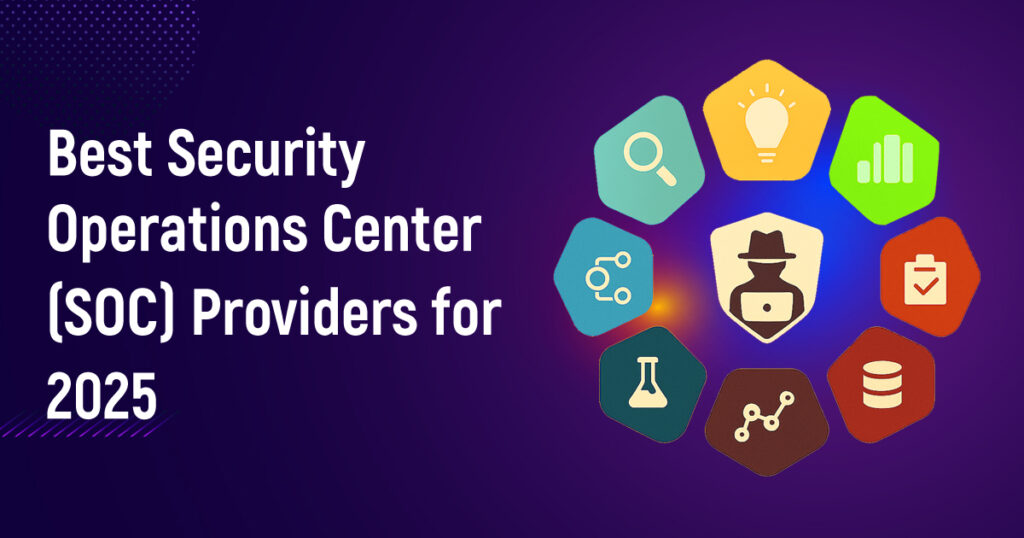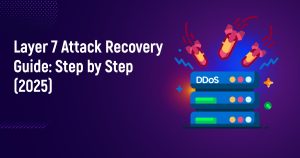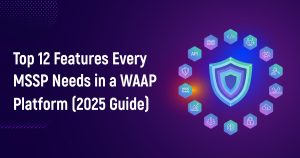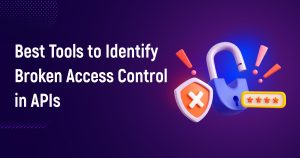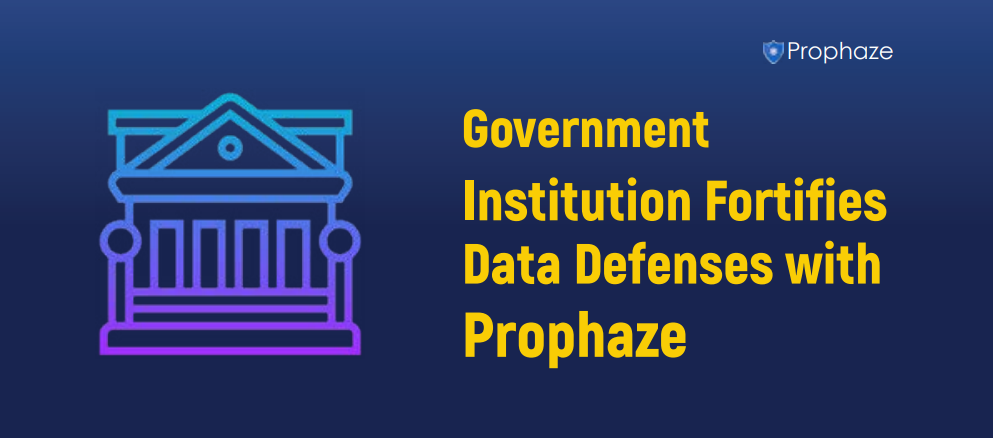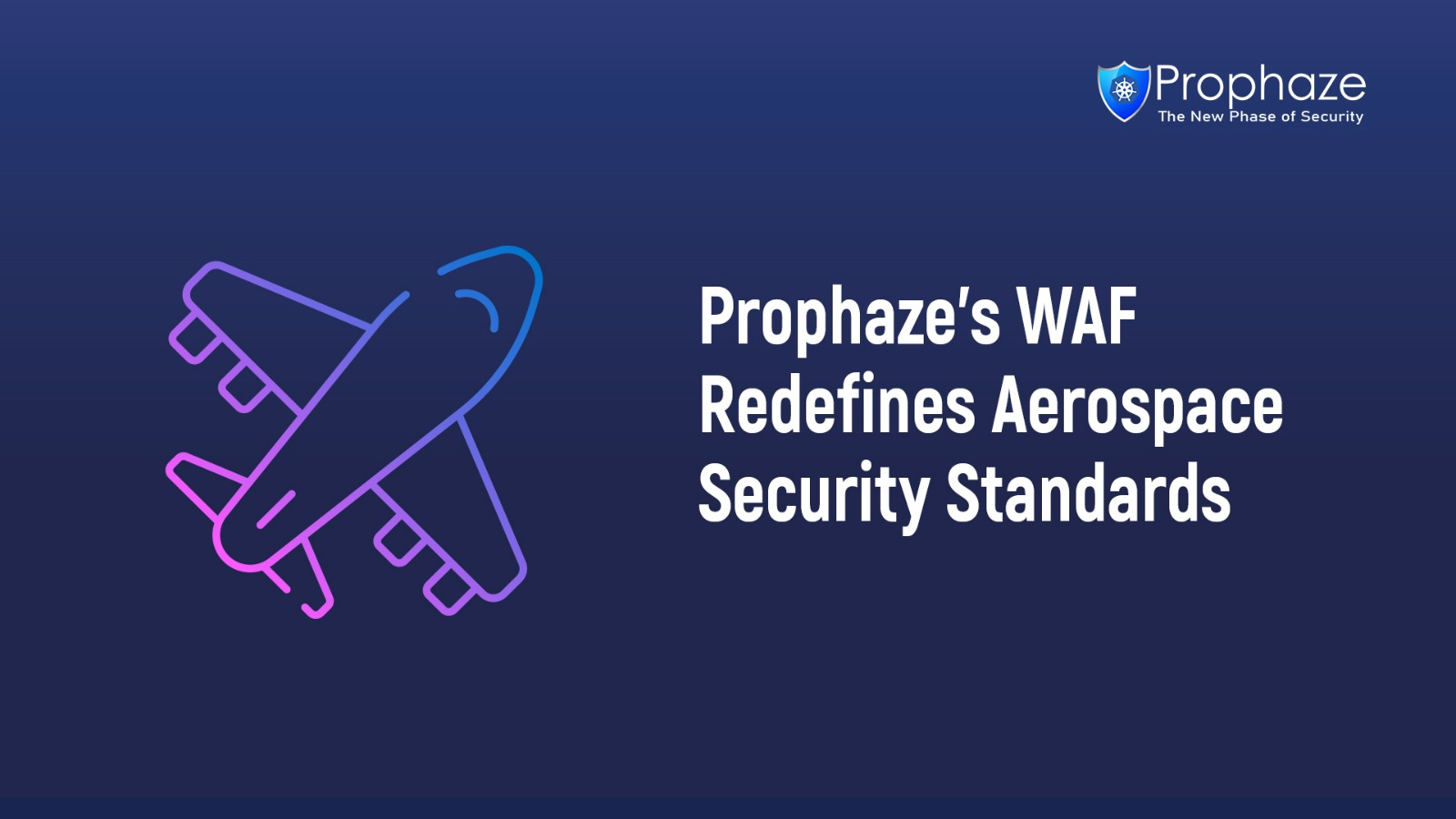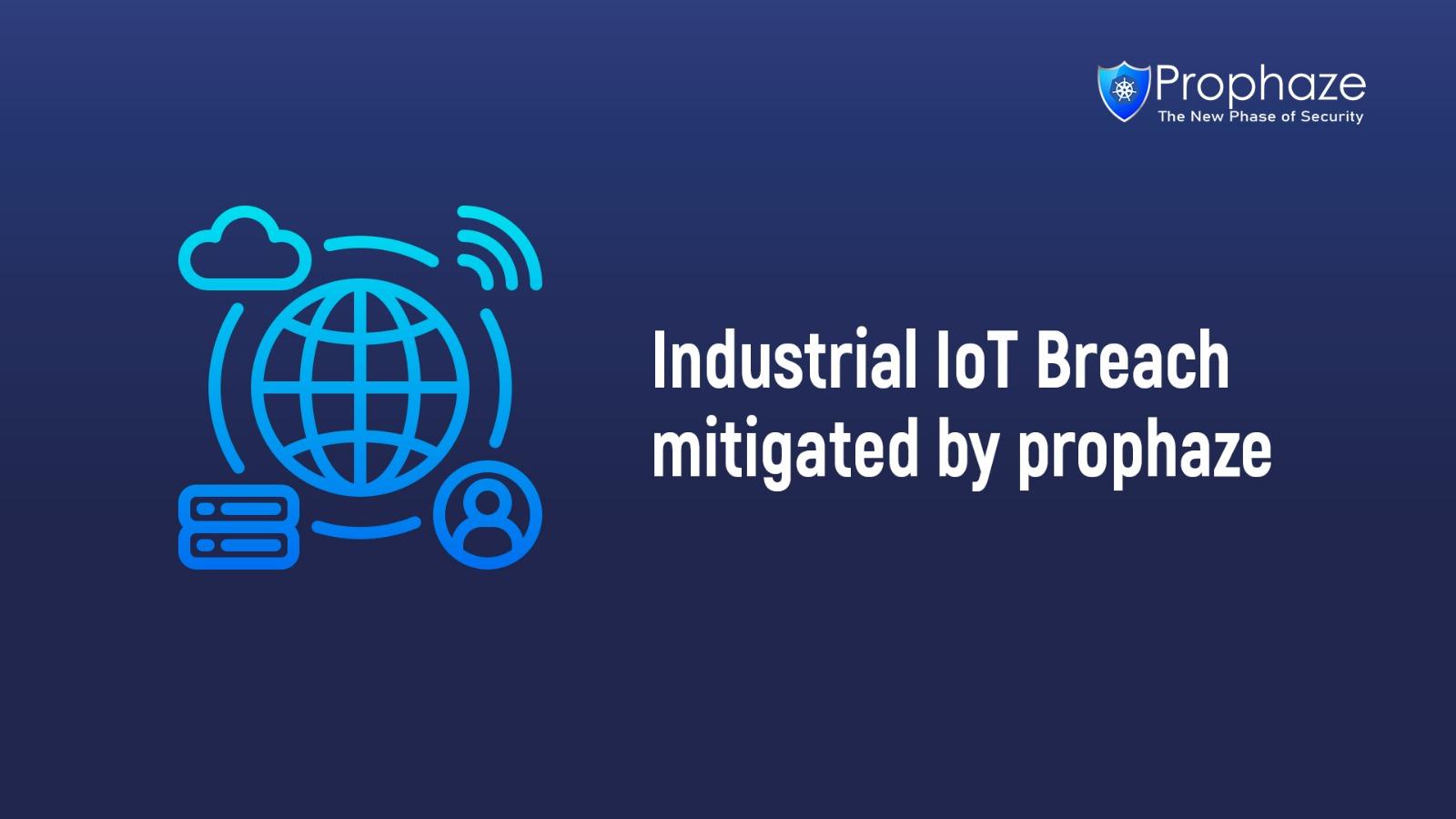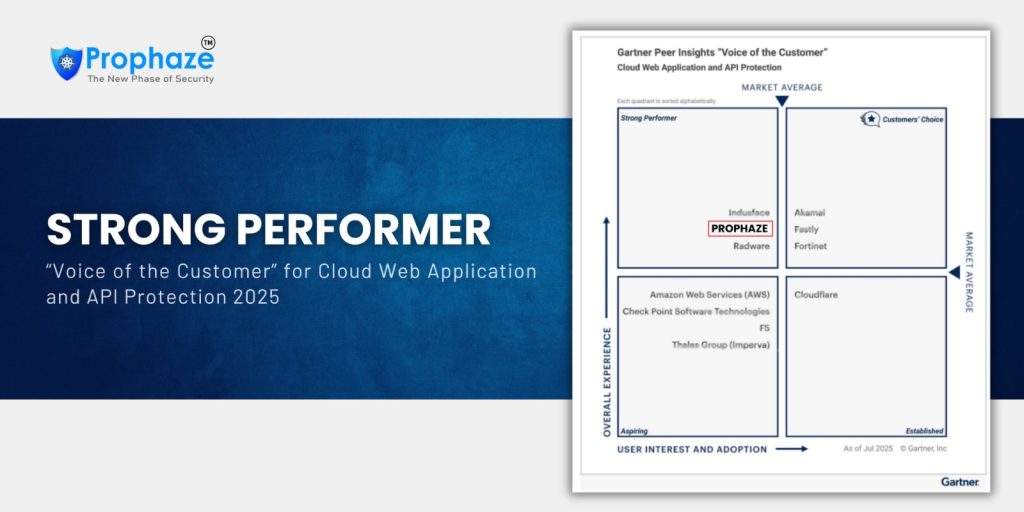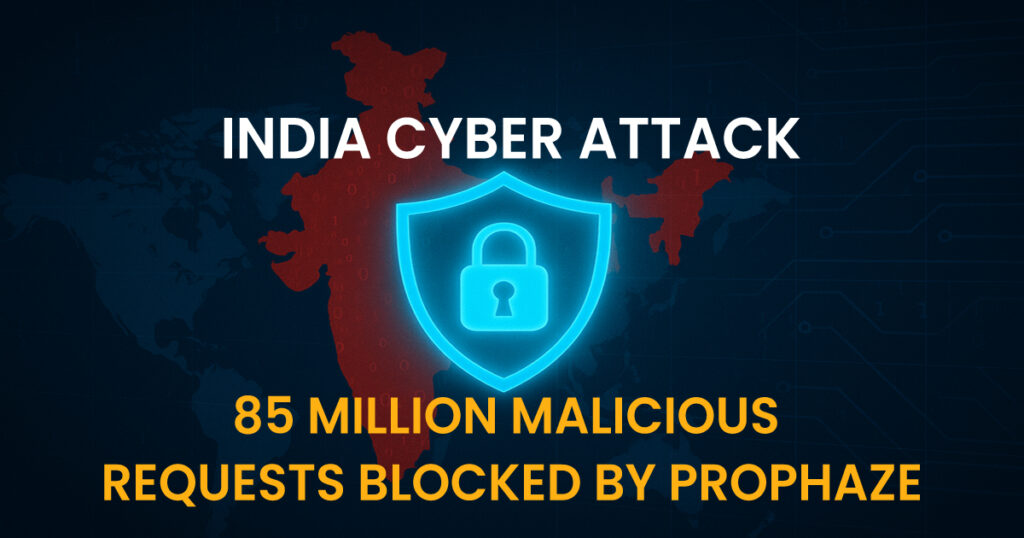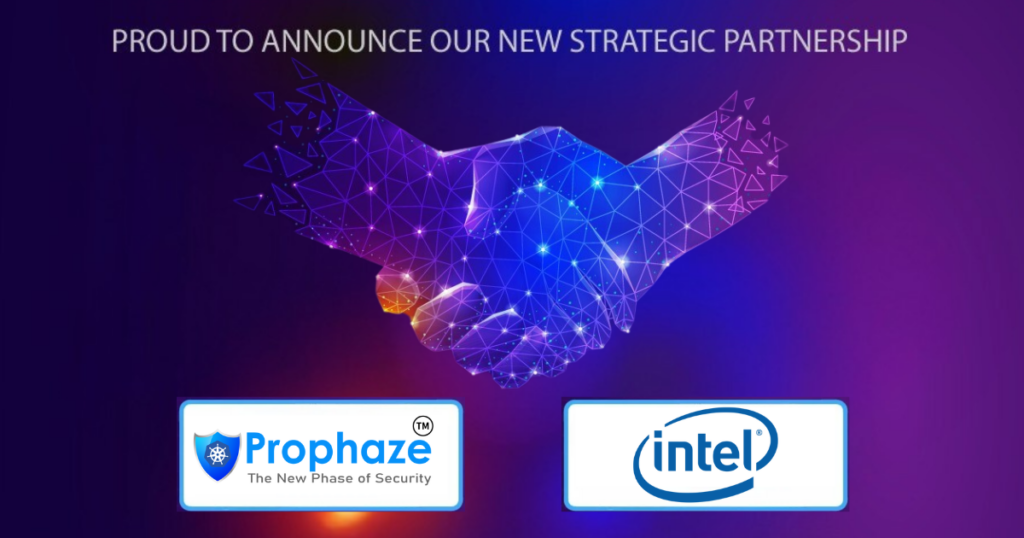The Evolution of SOCs in 2025
By 2025, Security Operations Centers (SOCs) will transform from reactive monitoring hubs into proactive, AI-driven command centers. As cyber threats become increasingly sophisticated, organizations will seek SOC services offering real-time threat intelligence, automation, and seamless integration with contemporary hybrid and cloud environments. This guide examines the leading SOC providers of 2025, emphasizing their innovations and significance for forward-thinking security leaders.
What Defines a Leading SOC Provider in 2025?
The best SOC providers offer:
-
AI & Machine Learning: Detect anomalies and unknown threats in real time.
-
Automation: Minimize response times (MTTR) and detection gaps (MTTD).
-
Cloud-Native Infrastructure: Optimize for hybrid/multi-cloud security.
-
Real-Time Threat Intelligence: Access global threat feeds for contextual awareness.
-
Human Expertise: Skilled analysts interpret AI-generated insights.
-
Customization: Industry-specific compliance and workflow flexibility.
-
Scalability: Support growth in users, data, and security complexity.
Top Security Operations Center (SOC) Providers in 2025

1. Prophaze – AI-Native Security at Scale
(Note: Prophaze is not a conventional SOC; it is a global leader in intelligent application security with an AI-powered, autonomous cybersecurity platform that enhances security operations.)
Key Capabilities:
-
AI-first architecture developed from the ground up.
-
Adaptive behavioral analytics across hybrid environments.
-
Integration of real-time threat intelligence.
-
Customizable dashboards and automated responses.
-
Seamless integration with existing SOC tools and workflows.
Overview:
Prophaze specializes in AI-driven web and application security for enterprises, SaaS, and cloud-native businesses. While not a dedicated SOC, it enhances SOC environments by providing AI-powered application security, real-time monitoring, and automation, aiding security teams in optimizing ROI and mitigating risk. It is suitable for organizations seeking AI-enhanced application security integrated within wider SOC frameworks.
2. IBM Security QRadar (Now under Palo Alto Networks)
Best For:
Large enterprises needing mature SIEM and scalable analytics.
IBM QRadar, now under Palo Alto Networks, remains a trusted choice for enterprise-grade SIEM, combining decades of threat intelligence with modern integrations. It delivers strong anomaly detection, comprehensive log analysis, and centralized visibility across hybrid environments. Its recent integration with Palo Alto enhances the offering with better XDR compatibility and simplified management.
Key Capabilities:
-
Anomaly Detection: Identifies behavioral deviations and insider threats.
-
Scalability: Handles high-volume, complex enterprise infrastructures.
-
Cloud SIEM: SaaS version with Palo Alto integration.
-
Threat Intelligence: Backed by IBM X-Force and Palo Alto Unit 42.
Positioning:
IBM QRadar offers a robust, enterprise-ready SIEM with deep log analytics, making it ideal for organizations looking to unify security visibility across large, regulated infrastructures.
3. Splunk Enterprise Security (Now part of Cisco)
Best For:
Data-intensive SOCs requiring flexible analytics and custom detection.
Splunk ES continues to lead with its high-performance analytics engine, now enhanced through Cisco’s extended network and cloud security portfolio. Its flexible data ingestion, custom correlation searches, and ML-driven investigations make it a favorite among SOC analysts who demand control and customization.
Key Capabilities:
-
Advanced Analytics: Machine learning-powered search and detection.
-
Extensive App Marketplace: 1000+ integrations for customization.
-
Data Agnostic: Works across cloud, on-prem, and hybrid sources.
-
Now with Cisco Integration: Easier workflow across network/cloud.
Positioning:
Splunk ES empowers SOC teams with scalable analytics, powerful visualization, and robust integrations—ideal for security teams who prioritize data depth and investigation flexibility.
4. Arctic Wolf – Concierge Managed Detection & Response
Best For:
Mid-sized organizations seeking fully managed SOC services.
Arctic Wolf offers SOC-as-a-Service with a unique Concierge Security Team model that pairs customers with a dedicated analyst team. With 24/7 cloud-native monitoring, endpoint defense, and personalized guidance, it enables fast incident response without needing in-house SOC maturity.
Key Capabilities:
-
MDR Delivery Model: Fully managed SOC with white-glove support.
-
Personalized Onboarding: Mapped to your industry and threat profile.
-
Cloud & Endpoint Monitoring: Real-time threat response.
-
Post-Cylance Strength: Improved EDR and detection quality.
Positioning:
Perfect for companies without large security teams, Arctic Wolf offers operational excellence with high responsiveness, helping close gaps in visibility, expertise, and staffing.
5. Microsoft Sentinel
Best For:
Microsoft ecosystem users and hybrid cloud environments.
Microsoft Sentinel is a cloud-native SIEM and SOAR platform built for Azure users. It integrates tightly with Microsoft Defender, M365, and Azure environments, enabling real-time detection, behavioral analytics, and automated response using AI and KQL-based queries.
Key Capabilities:
-
Native Azure Integration: Deep telemetry from Microsoft services.
-
Scalable Cloud SIEM: Pay-as-you-go with elastic scale.
-
AI & UEBA: Anomalies surfaced through intelligent algorithms.
-
SOAR Functionality: Automate investigation and response workflows.
Positioning:
Microsoft Sentinel is ideal for cloud-first organizations deeply invested in Azure, offering cost-efficient scalability, native telemetry, and cross-product threat correlation.
6. Securonix
Best For:
Behavioral analytics and insider threat detection at scale.
Securonix specializes in UEBA-powered cloud SIEM, offering advanced threat modeling and compliance reporting. It uses behavioral baselines to detect insider threats, lateral movement, and account compromise in real time.
Key Capabilities:
-
UEBA Focus: Deep behavioral analytics for user, account, and entity activity.
-
Cloud-Native Core: Built for elastic scaling and low maintenance.
-
Compliance-Centric: Built-in reporting for HIPAA, PCI, SOC2, etc.
-
Threat Modeling: MITRE ATT&CK aligned use cases.
Positioning:
Securonix delivers precision detection for stealthy behaviors and compliance-heavy industries, making it a smart choice for healthcare, BFSI, and high-regulation sectors.
7. Exabeam (Merged with LogRhythm)
Best For:
Automated threat investigation and extended detection.
The Exabeam–LogRhythm merger brings together powerful behavioral analytics and automated incident response in a unified SIEM + XDR platform. SOC teams benefit from out-of-the-box use cases, Smart Timelines, and advanced threat correlation with minimal manual effort.
Key Capabilities:
-
Behavioral Baselines: Detect deviations at the user or host level.
-
Smart Timelines: Auto-build investigation narratives.
-
Cross-Platform Integration: Post-merger synergy with legacy systems.
-
SOAR Automation: Execute playbooks with minimal analyst input.
Positioning:
With a renewed product roadmap and deeper integrations, Exabeam provides end-to-end visibility and fast incident triage — ideal for high-alert-volume environments.
8. CrowdStrike Falcon Complete
Best For:
Endpoint-first organizations needing full-service protection.
CrowdStrike Falcon Complete is a fully managed EDR offering built on the Falcon platform. It provides real-time threat hunting, rapid containment, and proactive response, supported by CrowdStrike’s elite OverWatch team.
Key Capabilities:
-
Managed Threat Hunting: Around-the-clock by elite OverWatch team.
-
EDR + Intelligence: Backed by deep adversary profiling.
-
Rapid Deployment: Minimal setup with high protection.
-
Cloud-Ready: Protects workloads, containers, and endpoints.
Positioning:
Perfect for security-conscious enterprises that need outsourced EDR and expert support, CrowdStrike Falcon Complete offers peace of mind through hands-off, high-touch security operations.
Key SOC Trends in 2025
Emerging Trends:
-
GenAI-Driven Security: SOCs are now using generative AI for alert triage and investigation summaries.
-
Vendor Consolidation: Merged platforms (e.g., Cisco + Splunk, Palo Alto + QRadar) offer unified visibility.
-
XDR Adoption: Extended Detection & Response is the new SOC backbone.
-
Security Automation: Orchestration and response are becoming hands-free.
-
Cloud-Native Focus: SOCs are optimized for Kubernetes, APIs, and multi-cloud.
Challenges SOCs Still Face in 2025
-
Security Skills Shortage: Demand for analysts far exceeds supply.
-
Alert Fatigue: Even with AI, many teams struggle with volume and false positives.
-
Legacy Tool Integration: Aligning next-gen tools with old systems remains complex.
-
ROI Visibility: Proving tangible value from SOC investments remains a top concern.
Why Prophaze Stands Out in 2025:
Prophaze enhances SOC operations in 2025 by:
-
AI-First Detection: Built with AI from day one, not added later.
-
Reduced False Positives: Smart prioritization using live threat intel.
-
Dynamic Automation: Tailored workflows that match your risk posture.
-
Modern Stack Integration: Works with XDR, SIEM, SOAR, and Kubernetes.
-
Complementary Role: Strengthens existing SOCs, not replaces them.
For teams managing APIs, microservices, and web workloads, Prophaze is a force multiplier for existing SOCs.
Choosing the Right SOC Partner in 2025
Your ideal SOC partner will depend on your organization’s size, infrastructure, and risk profile. Whether cloud-native, heavily regulated, or mid-market, this guide aids you in identifying the best fit. As threats grow increasingly complex, proactive, AI-empowered SOCs set the standard. Prophaze is not a traditional SOC but offers critical AI-driven application security that complements and enhances SOC operations, helping organizations stay ahead of attackers.
Ready to Modernize Your Security Operations?
-
Request a Demo | Learn More About Prophaze’s AI-Driven Application Security Platform.

